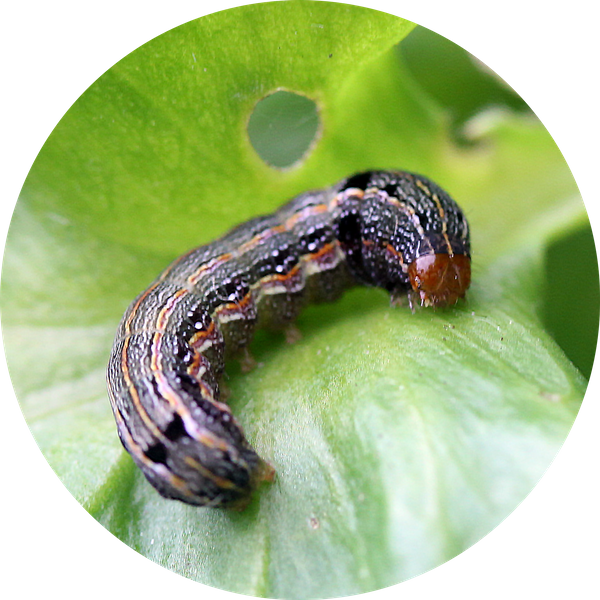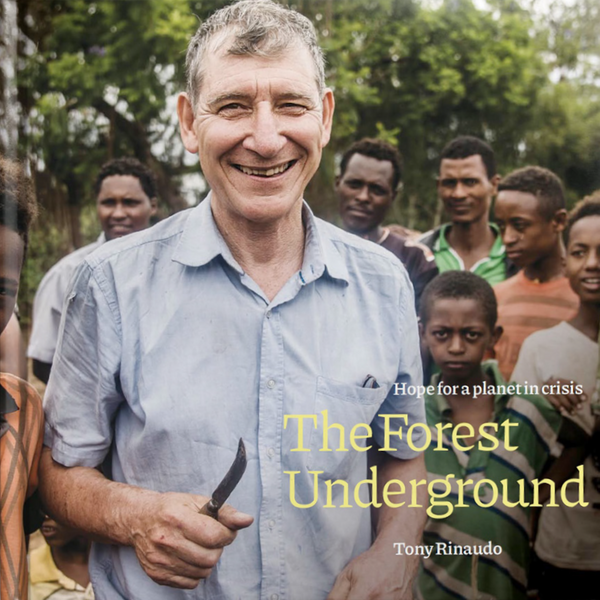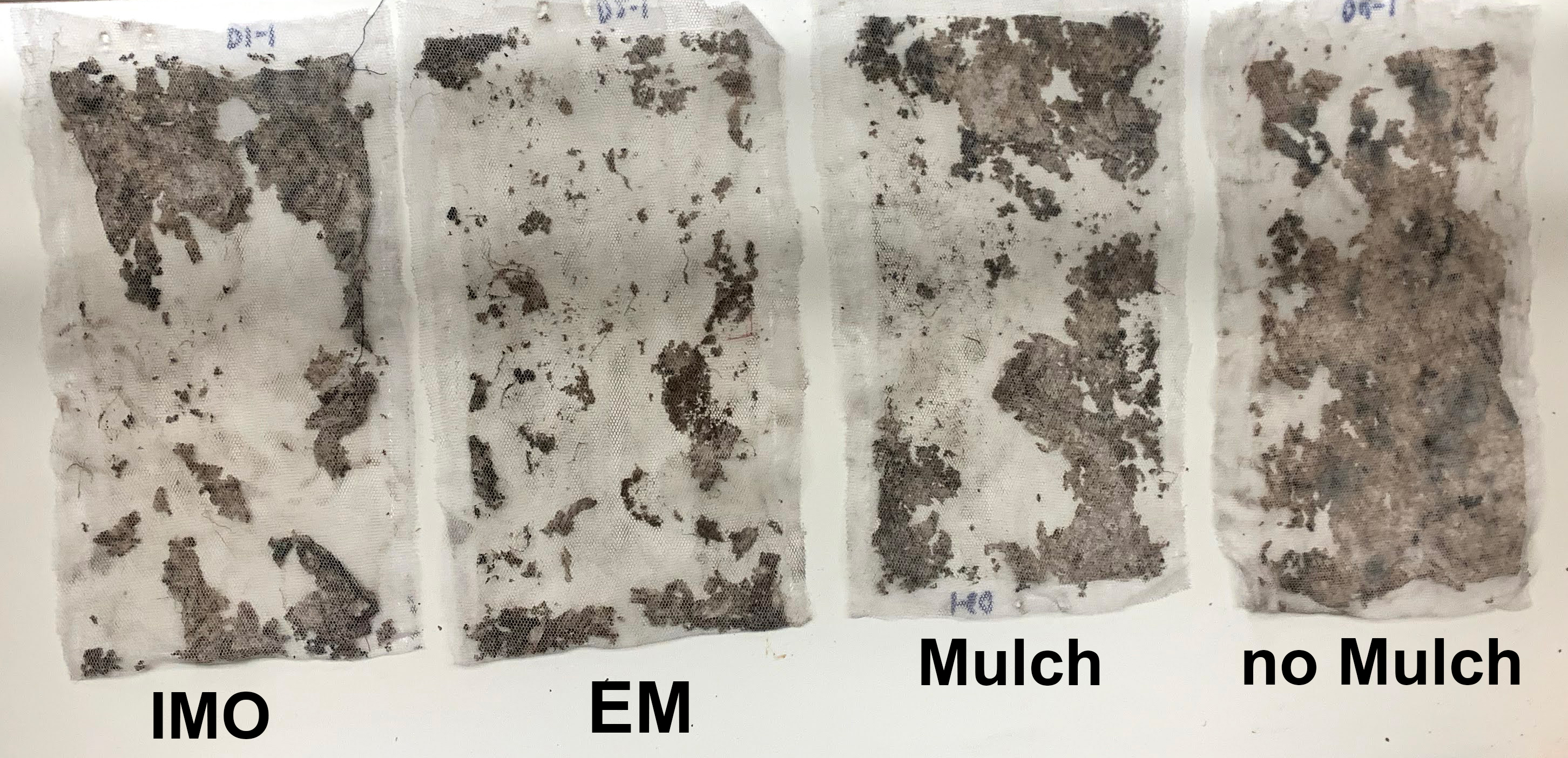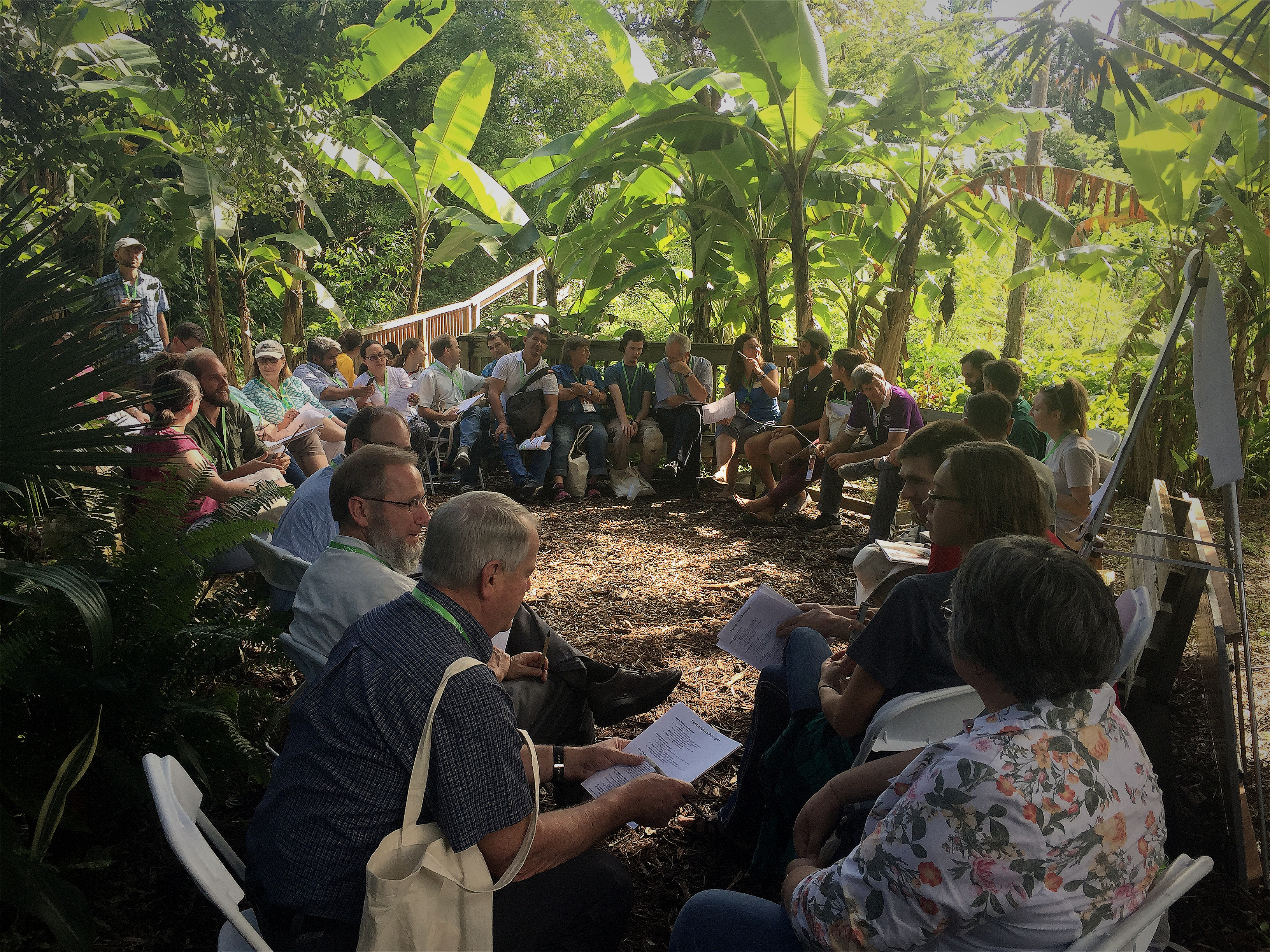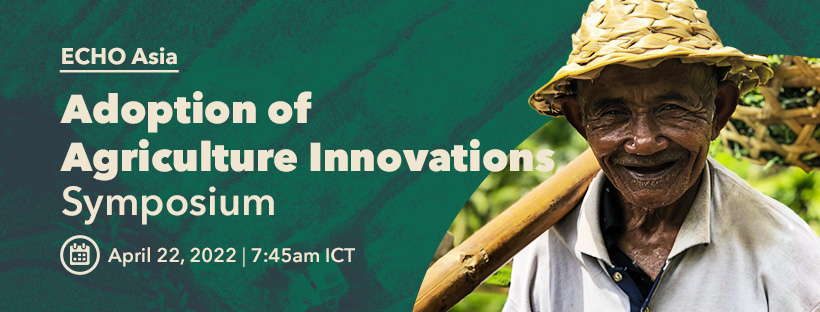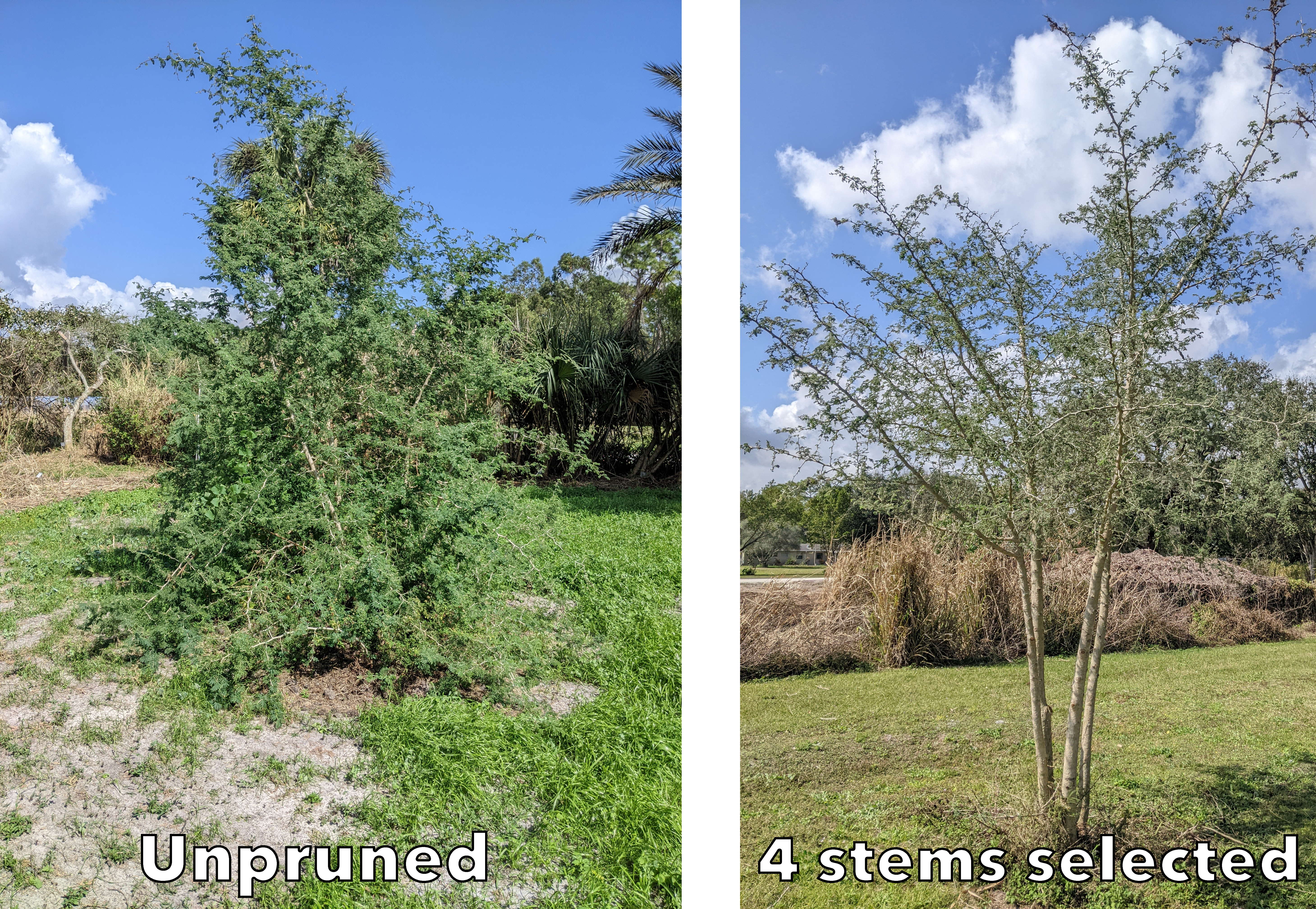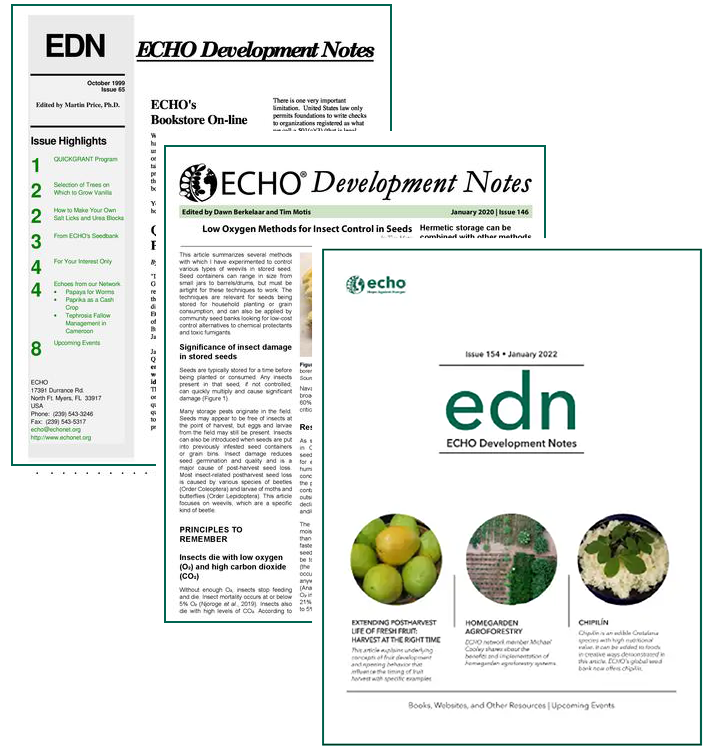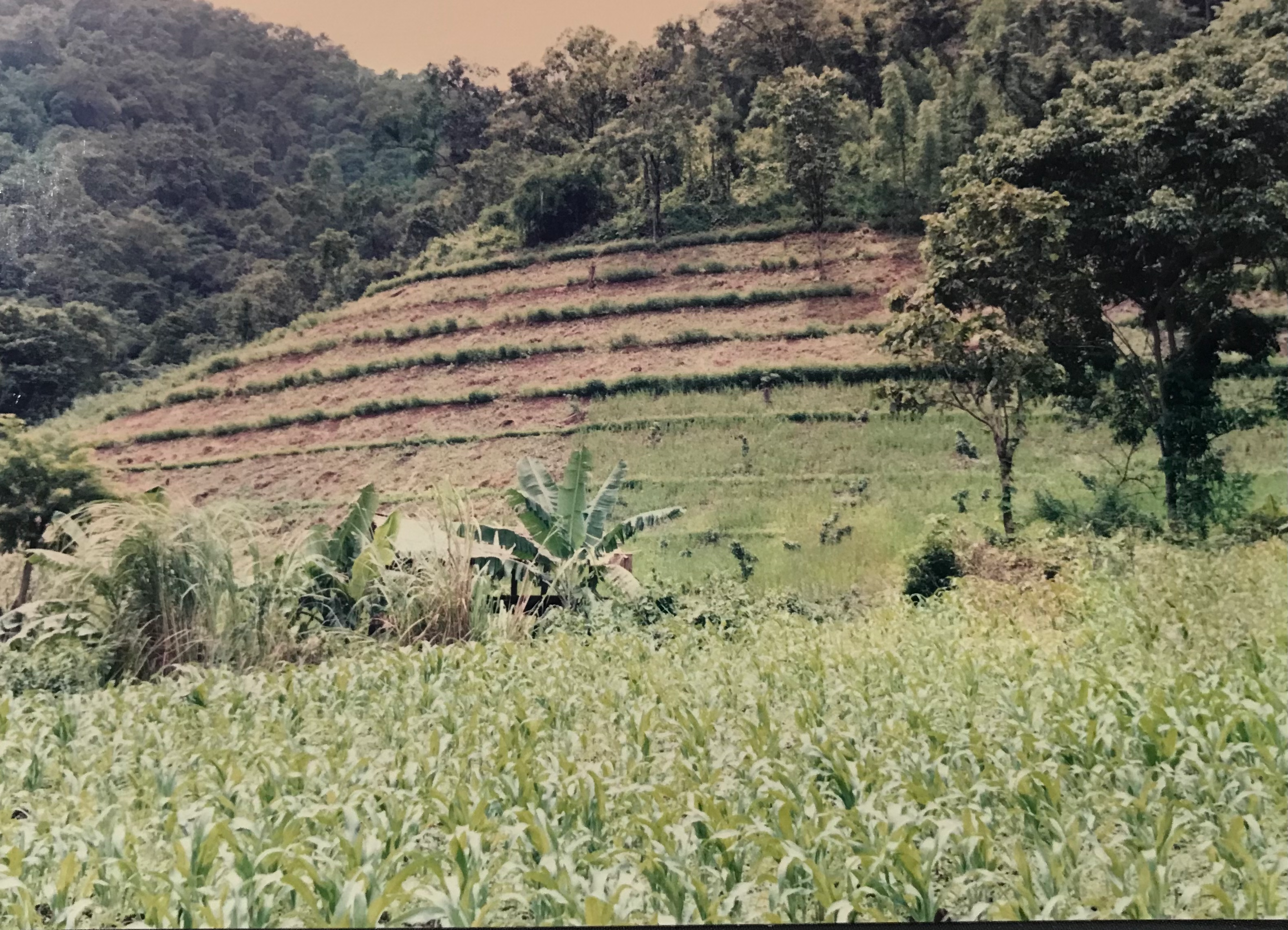ECHOcommunity Actualizaciones
Integrated Pest Management Technical Note NOW AVAILABLE! 2022-05-24
Pest control is a crucial part of farmer management of agroecosystems. The current global situation calls for a multi-pronged approach to pest management. To be widely applicable, this approach must provide farmers with options to control pests at various scales of production (from small farms to very large operations) with a diversity of resources. Integrated pest management, a strategy based on farmer innovations, is highly adaptable to specific contexts and reduces dependency on pesticides while still recognizing their use.
In this technical note, we share ideas and concepts for a diversified and holistic approach to agricultural pest management with a primary focus on insect pests. We hope you engage and learn from this resource. If you have other approaches to pest management that have worked for you in your context, please share them with the global ECHO Network on ECHO Conversations!
The Forest Underground: Hope for a Planet in Crisis NOW AVAILABLE! 2022-05-17
Tony Rinaudo has lived in worked in arid environments since 1981. Through his natural discovery and questioning of systems in nature, Tony pioneered Famer Managed Natural Regeneration or FMNR as a way farmers can help build soil health from the ground up! His work has impacted hundreds of thousands of lives around the world and has transformed more than 18 million hectares in 27 countries. You can read Tony's approach in ECHO Technical Note 65 (authored by Tony Rinaudo). His autobiography, The Forest Underground: Hope for a Planet in Crisis was published in April 2022 by ISCAST and is available on Amazon. It is available in Hardcover, Paperback, and Kindle.
“No research program—no matter how well funded—would have come up with this idea, because it expertly combines the subtleties of location-specific tree selection with farmer-specific opportunities and constraints."
- Richard Stirzaker, Principal Research Scientist, CSIRO, Australia’s national science agency
Find out more about the book at iscast.org/tfu.
ECHO Research Highlight: Low-Cost Seed Storage Technologies 2022-05-09
Seeds maintained by local, community seed banks help protect crop diversity. Small-scale seed banks in the tropics often operate with few resources and under conditions of high heat and humidity that favor the rapid deterioration of seeds. In 2017, ECHO’s seed bank in Thailand led a joint effort with ECHO’s Florida-based seed bank to investigate low-cost methods of storing seeds in places without electricity for climate-controlled storage. It compares a range of technologies available in Thailand, including two vacuum sealing approaches (machine-sealing versus a modified bicycle pump) and two desiccants (calcium oxide [burnt lime or quicklime] and Zeolite Drying Beads®). These technologies were evaluated over a 1-year period with seeds of three crops: sorghum, velvet bean, and cowpea. Simply drawing a vacuum on seeds in glass jars, using a cheaply-modified bicycle pump, turned out to be a top-performing treatment! Zeolite beads were highly effective in lowering the moisture content of seeds and keeping them dry. Findings were published in Experimental Agriculture in 2021. Click here to view the abstract, which will contain more details. We were unable to publish the article with open access to the full manuscript, but we plan to summarize the main points in a future issue of ECHO Development Notes.
Simple Soil Life Assay using Cotton 2022-05-04
Robust soil life is vital to healthy soils. Soil microbes help cycle plant essential nutrients, release bioslimes, hyphae, and other "glues" that help form soil aggregates, and some even release plant hormones that trigger important plant processes such as flowering! As vital as these tiny soil livestock (as farm manager Andy Cotarelo likes to call them) are, testing for microbial populations or identification can be both difficult and expensive. Inspired by the Natural Resources Conservation Service Oregon challenge that helped spark greater interest in soil microbial health in the United States, ECHO Florida tried our own cotton strip trial to approximate soil microbial activity in different soil treatments. Using strips of cotton sealed in old mosquito netting (to exclude arthropods), we measured the amount of cotton decomposed over time. Check out our methods and results in our recent Research Update Blog. Try it in your own fields or gardens and let us know what you learn!
Save the Dates! In-Person ECHO International Agriculture Conference 2022 2022-04-21
November 15-17,2022
ECHO is very excited to announce that we will be hosting the annual ECHO International Agriculture Conference in-person this November. After the past two years of virtual Conferences, we are thrilled for the opportunity to network face-to-face and to spend time reflecting, restoring, and renewing hope! This will be the theme for this year's conference. We invite you to save these dates in your calendar and join us this November in Fort Myers, FL for a wonderful time of engagement around agricultural and community development topics that impact the lives of smallholder farmers around the world. Registration will open in June.
ECHO Asia Symposium Starts Today! 2022-04-18
ECHO Asia is holding an online Adoption of Agriculture Innovations Symposium on April 22nd, 2022. Join us as we learn together about the different innovative strategies that can help increase smallholder production in low-input and adaptable ways. Practitioners with experience and energy will share their ideas, successes, and failures.
Register Now! Session Topics include sustainable, positive community development, biosand water filtration system, on-farm feeds, biochar for improved crop yields, coconut replanting in response to cyclone relief, on-farm biosecurity measures and much more!
EDN #155 Now Available 2022-04-12
In this issue:
- Low-Cost Microcontrollers: Applications for Small-Scale Agriculture
- Echoes from our Network: A Deep Litter System for Natural Chicken Production
- From ECHO's Seed Bank: 'KDV-1' Maize
- Books, Websites, and Other Resources: WHO Monographs on Selected Medicinal Plants and Canadian Foodgrains Bank Video Series on Conservation Agriculture and Marketing<
Low-Cost Microcontrollers:
Applications for Small-Scale Agriculture
Tim Motis
Excerpt:
Think of a microcontroller as a tiny computer that does specific tasks, like reading a sensor every hour. Once programmed, the microcontroller and any sensors connected to it can operate apart from a computer. The usefulness of microcontrollers goes beyond data logging. Microcontrollers can perform actions triggered by sensor readings. You could turn on a heat source if temperatures drop too low or turn on a solenoid valve if soil moisture levels indicate that water should be applied to a garden or field.
Update from the ECHO Global Farm in Florida: FMNR 2022-03-22
On January 31, 2022 we practiced Farmer Managed Natural Regeneration (FMNR) on three Apple Ring Acacia trees (Faidherbia albida) here at our Florida campus. We managed for 2, 3, and 4 stems to demonstrate different management choices. Selecting for fewer stems leads to larger-sized wood harvested less frequently while having more stems is more conducive to harvesting smaller diameter wood more frequently. This management process of selecting certain of the strongest stems, and culling out the rest, allows for the tree’s energy to be focused on growing those specific stems, leading to faster and straighter growth for poles or firewood. The prunings can then be fed to livestock as nutritious forage, used for mulch, and/or used to make thorny fences. This process helps regenerate a sustainable wood source for the small-scale farmer. Soil fertility is generally higher under these trees because they are leguminous and therefore fix nitrogen in partnership with microbes in the soil. They attract animals to their shade who in turn deposit their urine and manure to the field. The act of pruning also induces the tree to slough off some of the roots in the soil, increasing the fertility of the site as they break down.
40th Anniversary of ECHO Development Notes 2022-03-15
ECHO has been sending out ECHO Development Notes since the first issue in 1981! 2021 marked the 40th anniversary of ECHO as well as this important publication that Dr. Price started writing to share information he was learning with active development workers around the world. Issues of EDN were originally mailed out to people all over the world but are now shared via email and hosted on ECHOcommunity.org. Starting with EDN 47, issues were translated into Spanish! Issue 91 marked the beginning of the French translation for EDN. Although EDN has looked different across the years, it still functions as a means for sharing relevant, accessible agricultural information with ECHO's network of practitioners around the world. This quarterly technical publication provides credible research, experiences from around the world, and low-tech options that address smallholder agricultural needs.
Asia Note 48 Now Available! 2022-03-08
In this issue:
- Playing with Water Wheels: Exploring Low-Cost Methods for Pumping Irrigation Water
- A 'Successful Failure': Introducing SALT Technology in Northern Thailand
- Upcoming Events
Playing with Water Wheels
Exploring Low-Cost Methods for Pumping Irrigation Water
Thomas Singer, Raintree Foundation
Excerpt:
Knowing that every pumping solution has its place and application, we decided to go another route and began looking into water wheel pumps. With the many design approaches out there, we decided to define our goals, and agreed that an appropriate design would feature affordability, easy assembly, low maintenance, and quick setup for people with access to flowing water. The overall objective was to help farmers with proximity to a river or small stream to irrigate their crops without the need for electric or gasoline powered pumps, as well as the reduction of manual labor.
